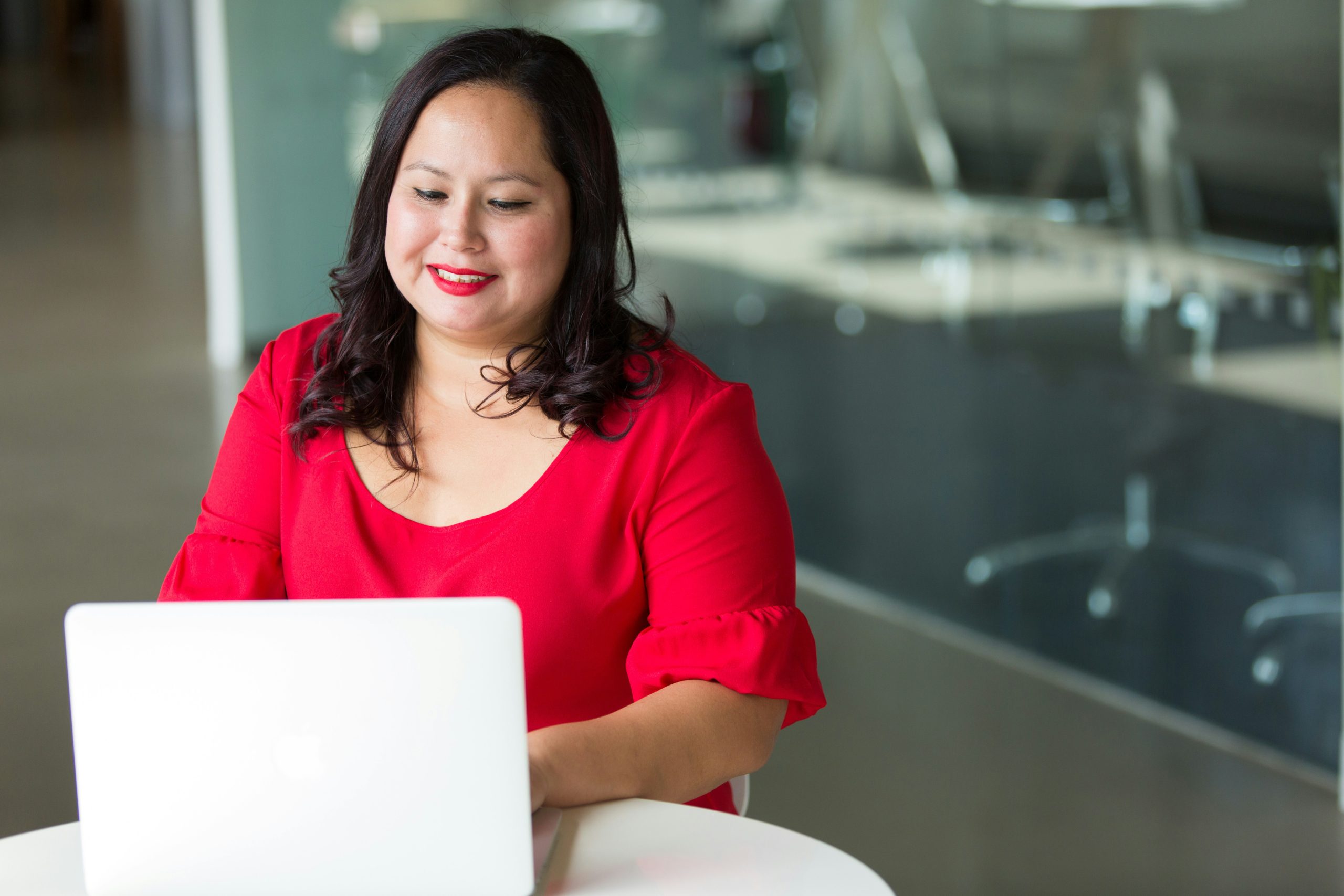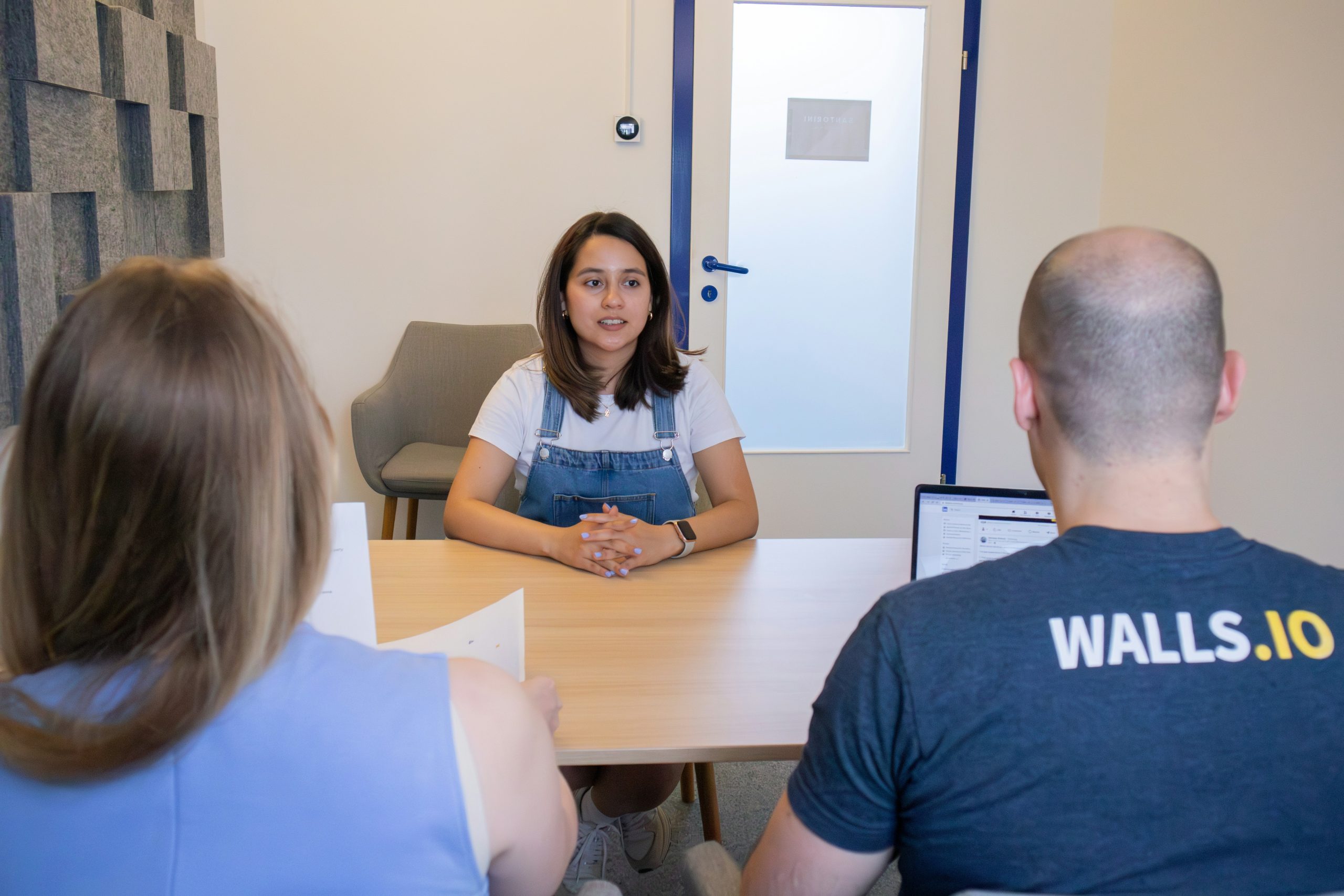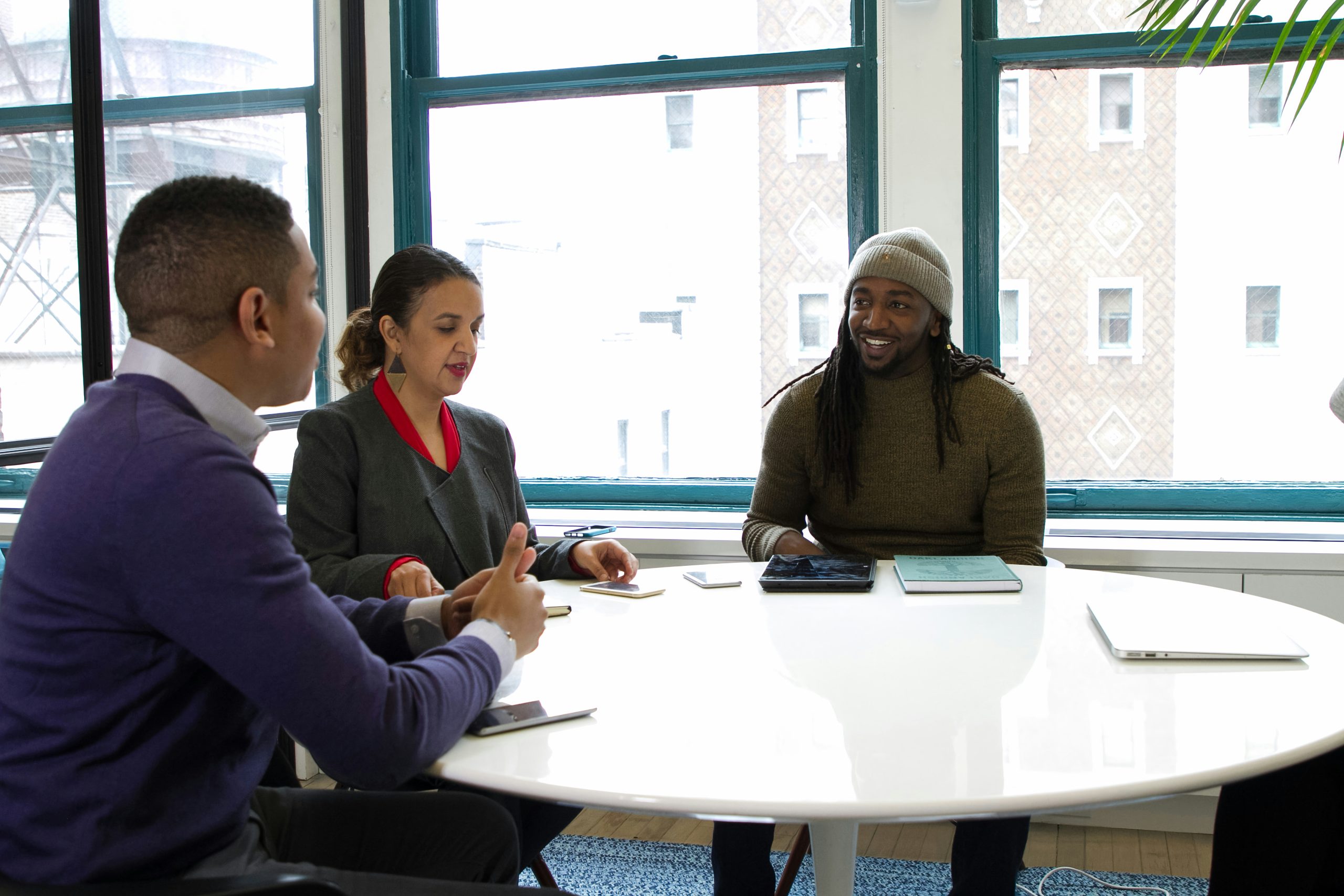
Subscribe for updates
Get talent acquisition best practices, trends, and news delivered directly to your inbox.
By entering your email, you agree to receive marketing emails from JobScore
An interview confirmation email is more than just a logistical necessity; it’s a powerful tool for setting the tone of your company, building rapport with candidates, and ensuring that interviews run smoothly. A well-crafted confirmation email can make candidates feel welcomed, informed, and confident about the interview process, while a poorly written one can lead to confusion, frustration, and even a negative impression of your company.
Set yourself up for a successful interview process by crafting effective emails that both confirm interview details and help your candidates adequately prepare.
1
Start with a clear subject line
The subject line is the first thing a candidate sees when they receive your email. A clear and concise subject line helps ensure that your email is opened and that your candidate knows exactly what to expect.
Use a straightforward subject line like “Interview Confirmation: [Job Title] at [Company Name]” or “Your Interview with [Company Name] – Confirmed for [Date].” This immediately communicates the purpose of the email and reduces the risk of it being overlooked.
2
Use a personalized greeting
Personalization shows that you value each candidate as an individual, not just another application in the pipeline. This helps you set a friendly tone and build a positive rapport from the start.
Address the candidate by their name, using a friendly and professional tone. For example, “Hi [Candidate’s First Name],” or “Howdy, [Candidate’s Full Name],” depending on the formality level of your company culture.
3
Share the role and job description
Reiterating the role and key responsibilities helps to ensure that the candidate and interviewers are aligned. It also refreshes the candidate’s memory about the position, especially if some time has passed since the initial application.
Briefly mention the role they’re interviewing for and include a link to the full job description. For example, “We’re looking forward to interviewing you for our Accounting Manager position. You can review the job description here.”
4
Communicate the interview date and time
Miscommunication about the interview date and time is a common issue, especially for remote interviews involving different time zones. Being clear about these details ensures that both parties are aligned and ready at the correct time.
Clearly state the date and time of the interview, including the time zone. For example, “Your interview is scheduled for Wednesday, August 20th, at 2:00 PM PST.” If your company operates across multiple time zones, consider adding a link to a time zone converter. Or better yet, include a calendar invitation in your confirmation email.
5
Include the duration of the interview
Knowing the expected duration of the interview helps candidates plan their day and manage their time effectively. It also sets expectations for the length of the discussion, which can influence how candidates prepare.
Clearly state how long the interview is expected to last. For example, “The interview is expected to last approximately 45 minutes.” If the interview involves multiple stages or assessments, mention the total time commitment required.
6
Share the interview format and platform details
Interviews may take place in-person, over the phone, or via video conferencing tools. Specify the format of the interview (e.g., in-person, phone, Zoom, Microsoft Teams) to help candidates prepare accordingly.
7
Provide login details (for remote interviews)
If it’s a virtual interview, include any necessary links, access codes, or instructions on how to use the platform. For example, “Your interview will be conducted via Zoom. Please use the following link to join: [Zoom Link]. You may want to join a few minutes early to ensure you can connect to the call.”
8
Specify location details (for in-person interviews)
If the interview is in-person, providing clear location details is crucial to avoid any last-minute confusion. A candidate who is lost or arrives late due to unclear directions may feel stressed and less confident during the interview.
Include the full address of your office, a map or directions (if necessary), and any special instructions for entering the building (e.g., “Please check in at the front desk” or “Use the side entrance on 11th Avenue”). Mention where candidates can park (and the fee, if applicable), as well as the nearest public transportation stops.
9
Share names and roles of interviewers
Candidates may feel more prepared and less anxious if they know who they’ll be speaking with. It also gives them a chance to do some research on their interviewers, which can lead to more meaningful conversations.
List the names and roles of the people who will be interviewing the candidate. For example, “You’ll be meeting with Ashley Smith, our Sales Director, and Casey Lee, our HR Manager.” If there’s a panel, let them know how many people they’ll be meeting. Your candidates may also appreciate links to your interviewer’s LinkedIn profiles so it’s easier to do a little research on who they’ll be speaking with.
10
Include required materials or preparations
Providing candidates with details on what to prepare ensures they come to the interview ready to showcase their best work. This can include resume copies, specific documents, portfolios, or references.
Mention any materials the candidate should bring or prepare. For example, “Please bring a copy of your resume and a portfolio of your work. Additionally, be prepared to discuss your experience with project management tools.”
Some companies even go so far as to share interview questions with candidates ahead of time. This can help candidates demonstrate their experience, rather than their interviewing abilities.
11
Share dress code expectations
Dress code expectations can vary widely between companies and industries. By informing candidates of your dress code, you help them feel comfortable and confident in their appearance, avoiding any potential embarrassment.
State the dress code clearly, whether it’s business casual, formal, or something else. For example, “Our dress code is business casual. Feel free to dress comfortably, but professionally.”
12
Provide contact information for questions
Candidates may have last-minute questions or need to communicate unexpected changes. Providing a point of contact helps ensure that any issues can be addressed promptly, preventing potential disruptions.
Include the name, email, and phone number of the person they can contact if they have questions or need to reschedule. For example, “If you have any questions or need to reschedule, please contact Cameron Doe at cameron.doe@company.com or call (123) 456-7890.”
13
Share additional company resources or information
Providing additional resources about your company can help candidates feel more prepared and excited about the opportunity.
Include links to your company website, recent news articles, or a video that showcases your company culture. For example, “To learn more about our company, feel free to visit our website or check out this video about our workplace culture.”
14
Offer accommodations
Inclusivity is a critical aspect of a positive candidate experience. Offering accommodations ensures that all candidates, regardless of their physical or sensory needs, can participate fully in the interview process. This not only reflects your company’s commitment to diversity and inclusion but also ensures compliance with legal requirements related to accessibility.
Offer candidates the opportunity to request any necessary accommodations in your interview confirmation email. This could include wheelchair access, a sign language interpreter, or any other support they might need.
For example, you could include a statement like: “We’re committed to providing an inclusive environment for all candidates. If you require any accommodations for the interview, such as wheelchair access or a sign language interpreter, please let us know, and we’ll be happy to make the necessary arrangements.”
This proactive approach demonstrates your company’s dedication to creating a welcoming and accessible environment for everyone, helping all candidates feel valued and respected.
15
Request a confirmation
Asking for a confirmation ensures that the candidate has received the email and is aware of the interview details. This reduces the risk of no-shows and allows you to address any potential scheduling conflicts ahead of time.
Politely request that the candidate confirms their attendance. For example, “Please reply to this email to confirm your attendance. We look forward to meeting with you!”
16
Use a warm closing
Your email closing leaves a lasting impression. A warm, friendly closing can reinforce the positive tone of your communication and leave the candidate feeling appreciated and excited about the interview.
End the email with a positive note, such as “We’re looking forward to meeting you!” or “Thank you for your interest in joining our team!” Then use a professional sign-off like “Best regards,” or “Sincerely,” followed by your name and title.
Final thoughts on interview confirmation emails
Crafting a detailed and thoughtful interview confirmation email might seem like a small task, but it can have a big impact on your hiring process.
Consider creating an interview confirmation email template so you can provide every candidate with necessary information, maintain a professional tone, and save time. Customize the template for each candidate by personalizing key details like the candidate’s name, the interviewers’ names, and specific interview logistics.
Investing a little time in perfecting your interview confirmation emails can lead to a more efficient hiring process, better-prepared candidates, and ultimately, stronger hires.
JobScore can help you send customized interview confirmation emails that improve candidate communications and boost your candidate experience. Start a free trial to see it in action.



